

Food is essential for life therefore food is called Pranam means vital for life.Such food is then digested for the sake of increasing span of life and divided in to Rasa & Mala.Every food particle has to pass in the process of digestion is called Avasthapaka . It involve changing form, structure and taste of ingested material. Avastha paka is of three stages namely, madhura avastha pak, amla avastha paka and katu avastha paka. After complete digestion, final stable absorbable products are produced called Vipaka. It is of three types, madhura vipaka, amla vipakaand katu vipaka.Sara kitta vibhajana is a process carried by Jatharagni in GI tract and by Dhatwagni in seven srotamsi of dhatu.Koshta is identified to be of three types, krura, mrudu and Madhya.
Ans :
Ans :
Ans :
Ans :
Ans :
Ans : 1
In
avasthapaka food is undergoing
digestion- these are the stages of digestion.
Digestion
of food is complete in vipaka, it is the nature of end product of digestion.
2
Three
rasa play role in three avasthapaka of digesting food.
Only
one rasa plays role, which is rasa of vipaka
alter digestion of food.
3
First
avasthapaka is necessarily madhur, second amla and third katu
Rasa
of vipaka is one & final
4
Avasthapaka
is observed during action of jatharagni
and bhutagni.
Vipaka
is observed after action of jatharagni,bhutagni & dhatvagni.
5
Avasthapaka
shows effect for a short duration.
Vipaka
shows effect for long duration.
6
Avasthaspaka
can be directly perceived by physical symptoms on body.
Vipaka
must be derived by means of conclusion – about mala generation, about dosha
generation and about dhatu
generation.
Ans : The stages of Avasta paka are due to inborn locations of dosha. In upper part of body, above heart, dosa kapha prevails by default. Hence food when traverses this part of body through gastrointestinal tract, first stage prevails. it gives malaroopa kapha as a by-product. In middle part of body, between heart and umbilicus, dosa pitta prevails by default. Hence food when traverses this part of body through gastrointestinal tract second stage, namely amlaavasta paka prevails and mala roopa pitta is produced. In lower part of body, below umbilicus, dosa vata prevails by default. Hence food when traverses this part of body through gastro intestinal tract, third stage prevails, and givesorigin to vata..

Really good

By Anup Bhosgikar
By Anup Bhosgikar

By Avula srinivas
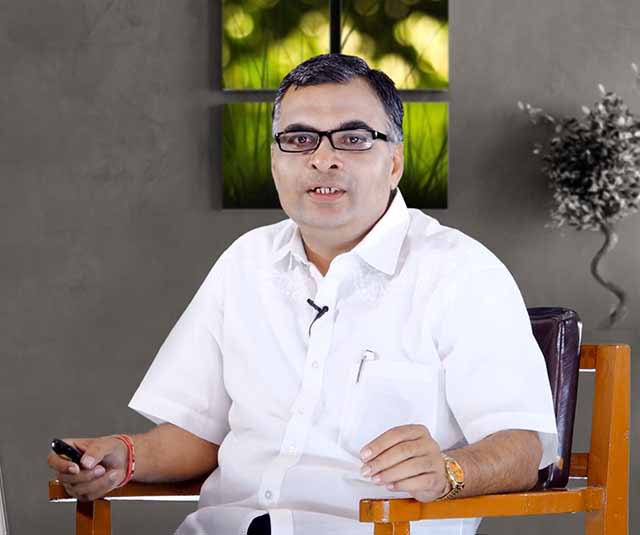
By Dr.Pritesh Shukla

By Dr.Pritesh Shukla
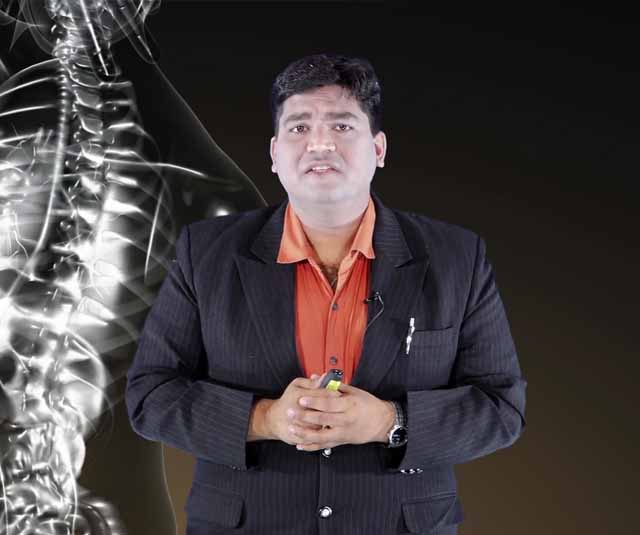
By Dr. Nitesh gupta
By Anup Bhosgikar

By Anup Bhosgikar
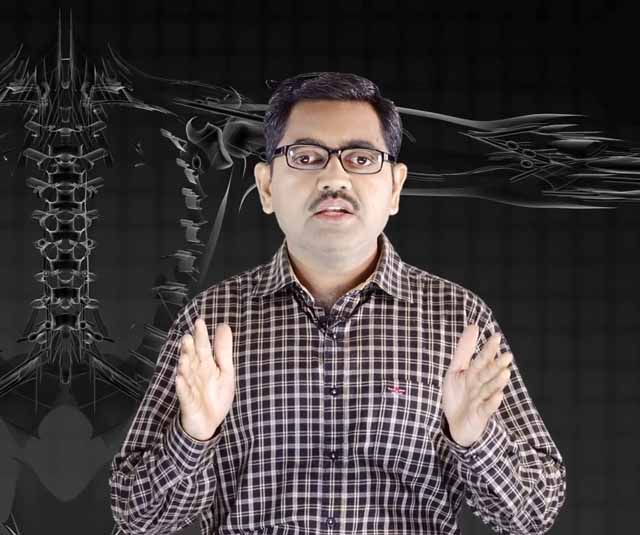
By Dr.Nilesh Kasar

By Dr. Nitesh gupta
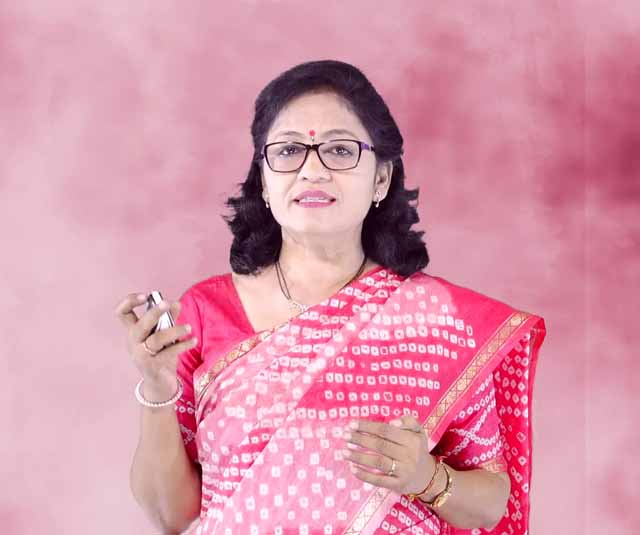
By Dr. Sarita Bhutada
By Anup Bhosgikar

By Anup Bhosgikar

By Dr.Nilesh Kasar

By Dr. Nitesh gupta

By Dr. Sarita Bhutada


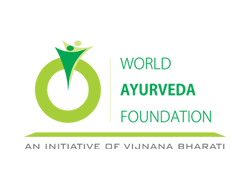
FAQ